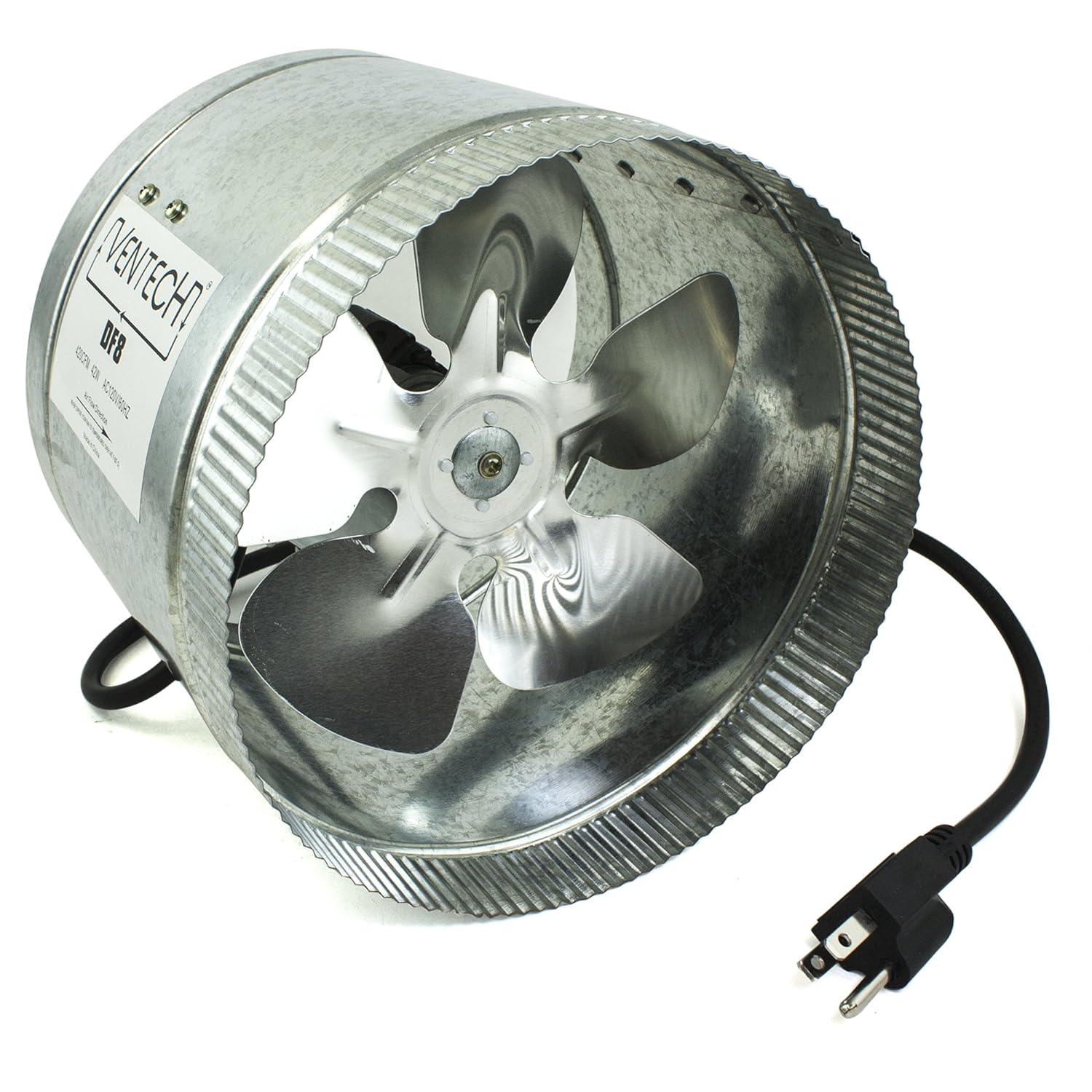I was talking to a buddy and he wondered if insulating the vent tube would help move the vapors out so that it doesn't cool fast and create water?
Disclaimer: I am thinking out loud here.
I am thinking the cause of the condensation in the fan is due to the increased pressure inside the housing. If you look at a phase diagram of water you'll see that if you have steam at 100C and 1atm (which is what we have), that you can condense it back to liquid just by upping the pressure a little.
I have a friend who is very knowledgeable on steam systems. I'll run this by him and see what they do industrially to prevent this. I know steam condensation is a very dangerous problem if handled incorrectly (e.g. blowing out the end of a pipe when you have an eblow).


